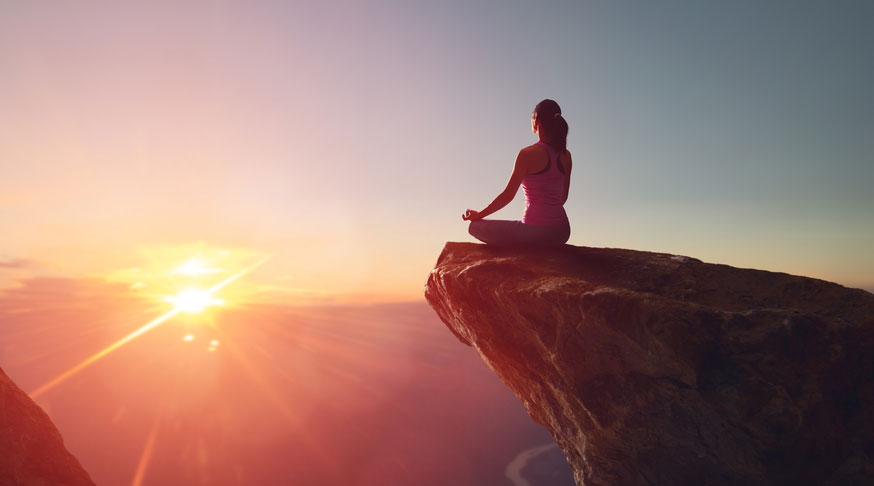Yoga, which has been practised in India for more than 2,000 years, is derived from the Sanskrit word meaning “yoke”, a peaceful union of the body and mind. One of our most popular cultural exports, yoga has finally received the recognition it deserves with World Yoga Day being celebrated on June 21. The health benefits of yoga are immeasurable. Unfortunately, many Indians neither realise the value of this ancient heritage nor utilise it.
In terms of calorific expenditure, yoga uses only 150 calories per hour compared to 300 calories expended in walking. Yet, regular practitioners of yoga tend to be less obese. That is because yoga trains you to concentrate and practise mindfulness in all aspects of life. Since this includes eating, food is not shovelled into the mouth mindlessly while watching TV or doing something else. Calorie consumption automatically decreases.
We live in a fast-moving world that induces a great deal of stress. Stress leads to internal inflammation. Harmful chemicals are released. DNA strands shorten as the ends (telomeres) fall off. This has a cascading effect, leading to chronic diseases and a shorter life. The practice of yoga, particularly the slow, repetitive breathing and meditation has been shown to offset this. Life becomes longer and disease-free. If you practise yoga regularly, acute illnesses appear less often, chronic diseases are less severe and medical bills are automatically less. Also, it requires less medication to control diabetes and hypertension and complications are less likely to occur.
Our nervous system has a sympathetic “flight or fight” component which, in response to stress, pushes up heart rate, blood sugar and blood pressure. To balance this, there is a parasympathetic system that has a “rest and relax” effect. A constant state of anxiety and stress keeps sympathetic nerves active and eventually aggravates lifestyle diseases such as diabetes and hypertension.
Slow, controlled breathing, relaxation and meditation activate the parasympathetic nervous system.
Aches and pains in the back, knees, hips and, sometimes, all over the body are an expected part of ageing. The tendency is to take bed rest to relieve the pain. While inactivity may initially provide some relief, it causes degeneration of the muscles surrounding the painful joint and the condition worsens. Yoga gradually increases the range of motion in joints and improves overall flexibility. As the muscles and joints are statically held for 15-20 seconds, the chemicals released also reduce the pain.
With increasing age, balance becomes very important. Even minor slips and falls can result in fractures in the hip, arm and spine. If you slip, you should be able to immediately sense it and correct yourself. Many of the poses in yoga fine-tune sensory receptors so that balance is improved. Also, the exercises strengthen core muscles. This improves the strength and flexibility of the back. The posture remains upright so the stoop that comes with increasing age does not appear.
Meditation and deep breathing have also been shown to increase grey matter in the brain in areas required for learning, memory and mood. Age-related memory loss is slowed. In students, it improves retention, concentration and understanding. Yoga also increases immunity; studies have shown that illnesses occur less often and last for a shorter time in those who practise yoga regularly.
Try to put in at least a 20-minute session of yoga every day if possible. If you stay conscious of your body’s limits, there is no age bar for this form of exercise. For best results, do yoga on an empty stomach first thing in the morning. Otherwise, aim for two hours after a meal. It is possible to learn yoga by watching videos.

